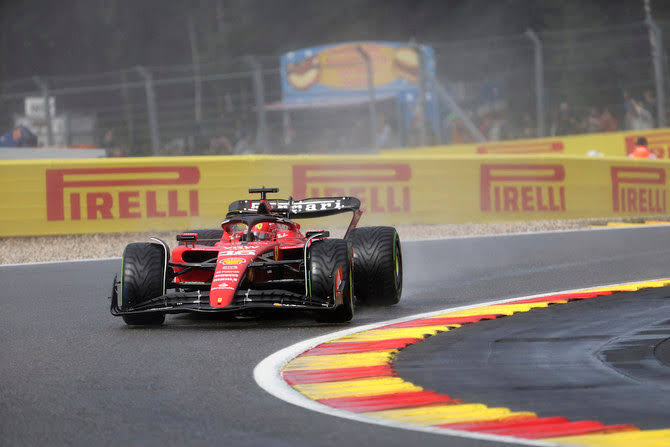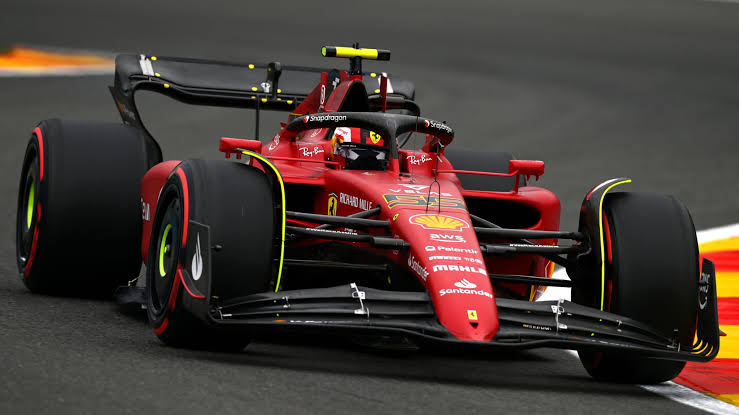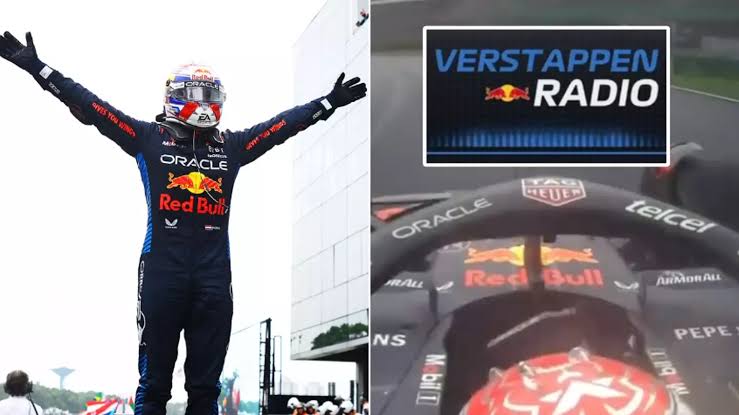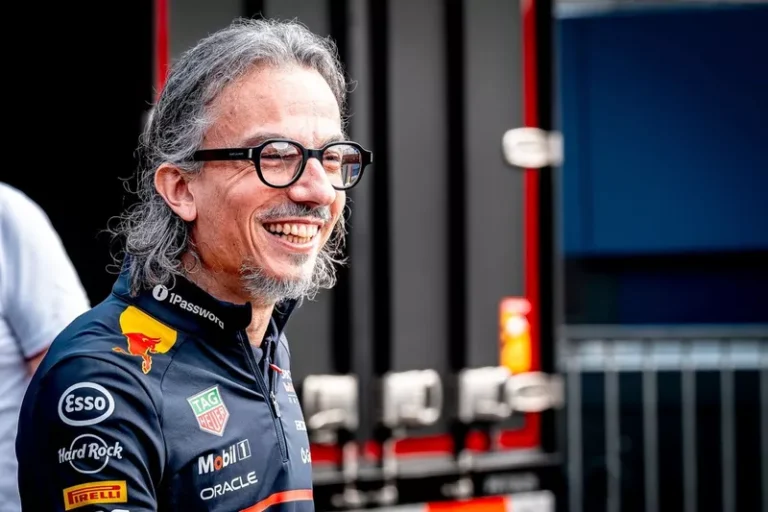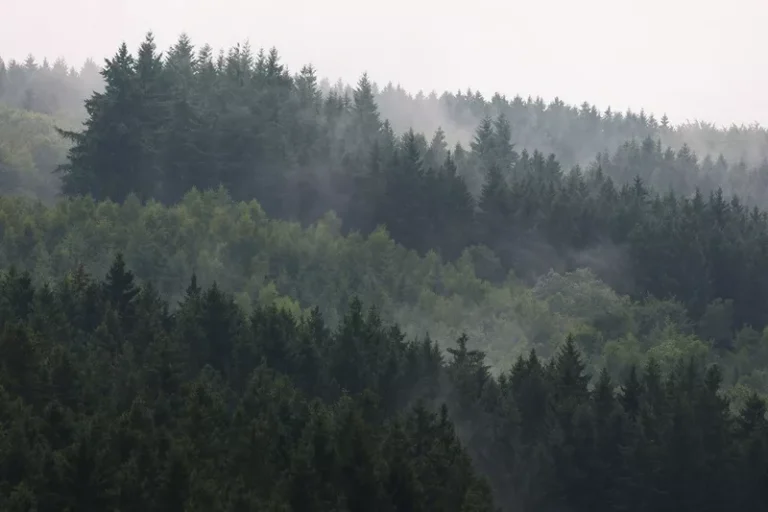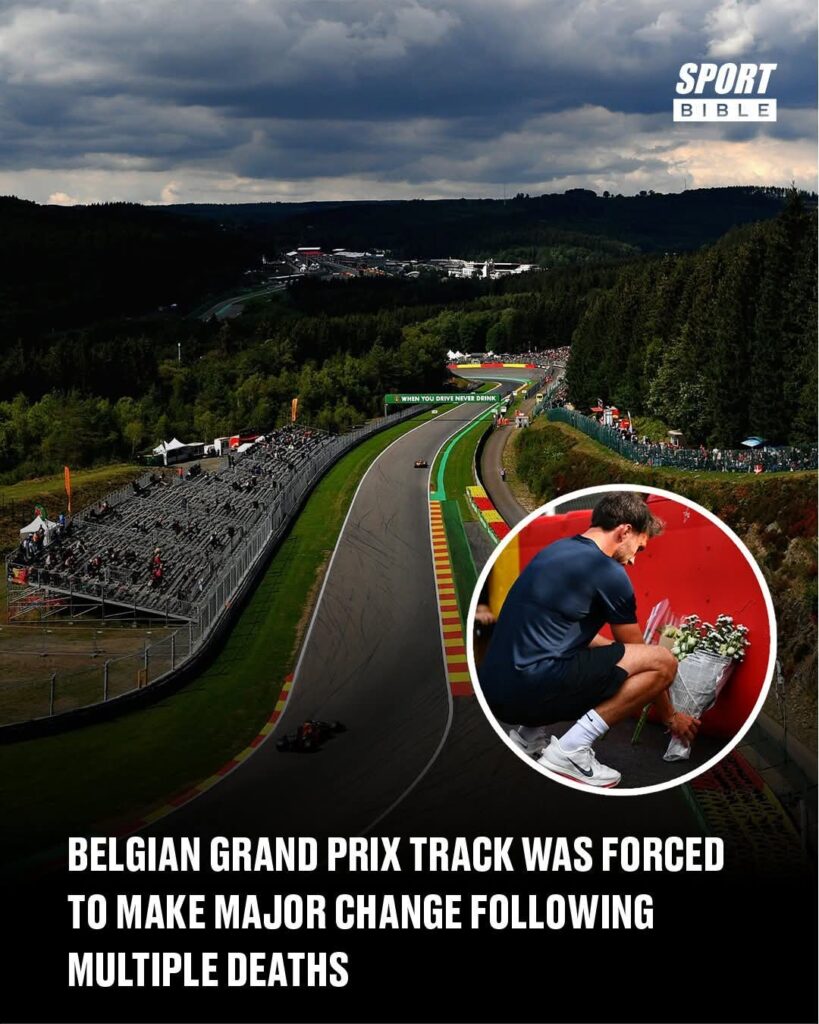
The historic Circuit de Spa-Francorchamps, host of the Belgian Grand Prix since 1985, has long been revered as one of Formula 1’s most iconic and challenging tracks. Measuring 4.352 miles, the circuit is famed for its high-speed nature and legendary corners such as Eau Rouge and Raidillon. However, its thrilling layout has also made it one of the most perilous venues on the calendar, with several tragic incidents underscoring the urgent need for enhanced safety measures.
One of the most devastating accidents occurred in 2019 during a Formula 2 feature race when young French driver Anthoine Hubert lost his life. The chain-reaction crash began when Giuliano Alesi spun at Raidillon, prompting Ralph Boschung to slow down to avoid contact. Hubert, following closely, clipped Boschung’s rear wheel and was propelled into the barriers before rebounding into the path of Juan Manuel Correa, whose car collided with Hubert’s at approximately 135 mph. Hubert succumbed to his injuries 90 minutes later, while Correa sustained critical injuries that required extensive surgery.
This tragedy was not an isolated event. Over the years, Spa has claimed the lives of multiple drivers, including Sebastien Clouzeau in 2013, Adrien Nicolas in 2008, and Ferruccio Leone in 2004. More recently, in 2023, 18-year-old Dutch racer Dilano van ‘t Hoff was killed during a Formula Regional European Championship race at the same treacherous section of the track. His accident, which occurred in heavy rain near Raidillon and the Kemmel Straight, involved several cars and reignited urgent calls for further safety reforms from figures such as Aston Martin’s Lance Stroll.
In response to these recurring tragedies, significant modifications were implemented prior to the 2022 Belgian Grand Prix. The runoff area at Raidillon was expanded to provide more room for deceleration, and spectator zones were repositioned for enhanced protection. Additionally, the circuit underwent resurfacing and minor reconfiguration to align with modern F1 safety standards and tire regulations. These measures aimed to preserve Spa’s legendary character while mitigating the risks that have historically plagued the venue.
Despite these efforts, Spa continues to spark debate within the motorsport community. Advocates argue that its natural terrain and high-speed dynamics are intrinsic to its heritage, while critics emphasize that more must be done to prevent future fatalities. As Formula 1 prepares for another dramatic weekend at the Ardennes circuit, the shadow of past tragedies lingers—a sobering reminder that even in an era of unprecedented safety advancements, danger remains an inseparable part of the sport.
